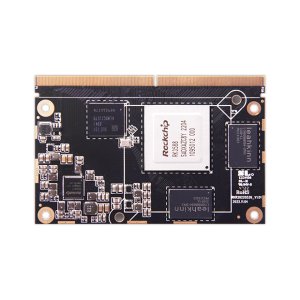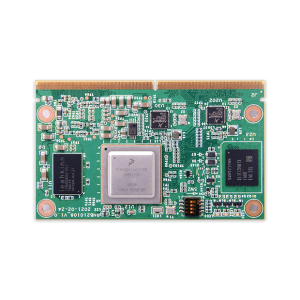Understanding System on Module (SoM) and Its Applications in Embedded Systems
Understanding System on Module (SoM) and Its Applications in Embedded Systems
Blog Article
Edge computing has surfaced as a innovative development in the computer business, permitting faster data handling and paid off latency by bringing computational power nearer to where information is created. An integral advancement fueling this transformation is the rise of system on module design which are lightweight, effective, and functional research models built to integrate seamlessly in to personalized equipment systems.

The Role of Computer on Modules in Edge Computing
Computer on Adventures are becoming vital in side processing because of their power to streamline equipment design while sustaining effective running capabilities. According to a recent record by MarketsandMarkets, the global side processing market is estimated to develop from $40.84 million in 2021 to $132.11 thousand by 2026, with COMs playing a substantial role in this expansion.
These segments are particularly impactful in industries requesting real-time information examination at the edge. Like, the transportation business utilizes COMs in autonomous cars for real-time decision-making, while clever towns deploy them to manage systems like traffic movement and power distribution.
Small and Functional Style
One of the standout features of Computer on Modules is their small and modular design. This permits designers to integrate high-performance processing energy in to edge devices without the necessity for intensive electronics redesign. A review by IoT Analytics discovered that 68% of businesses applying IoT options contemplate modular equipment like COMs crucial for quick deployment and scalability.
COMs also support personalized configurations, making them suitable for a wide selection of programs, from industrial automation to healthcare. Their ability to adjust to specific demands is a driving force behind their ownership in edge research systems.
Power Efficiency and Performance
Edge computing products frequently perform in conditions with confined energy resources. COMs handle this concern by providing improved energy efficiency without compromising on computational strength. A study by Allied Industry Research outlined that energy-efficient edge research answers are anticipated to take control the segment through 2030, placing COMs as a crucial portion for achieving this goal.
Furthermore, with improvements in processors and integrated design, COMs now supply the performance necessary for AI-driven programs at the edge. This not only improves real-time abilities but in addition reduces dependence on centralized cloud systems.
Why the Potential Goes to COMs
With worldwide information generation estimated to attain 175 zettabytes by 2025, side computing is placed to are more integrated than ever. Pc on Segments provide an flexible, energy-efficient, and scalable answer for processing that influx of data. Their relevance across varied areas like healthcare, production, and telecommunications just underscores their essential role in shaping the ongoing future of side computing.
COMs are no more only a scientific trend; they're the backbone of next-generation side methods driving innovation and effectiveness over the globe. As the need for edge processing keeps growing, therefore will the importance and influence of COMs in this quickly growing landscape. So, it's safe to express that Pc on Adventures are here to stay and can carry on shaping the future of edge computing.

Realization
Edge processing is transforming the way in which we method and use information, with Computer on Segments at the lead of the revolution. Their small design, versatility, energy performance, and efficiency make them an ideal solution for handling real-time knowledge at the edge. As industries increasingly rely on side research due to their procedures, COMs can play a crucial role in driving creativity and efficiency in these systems. Report this page